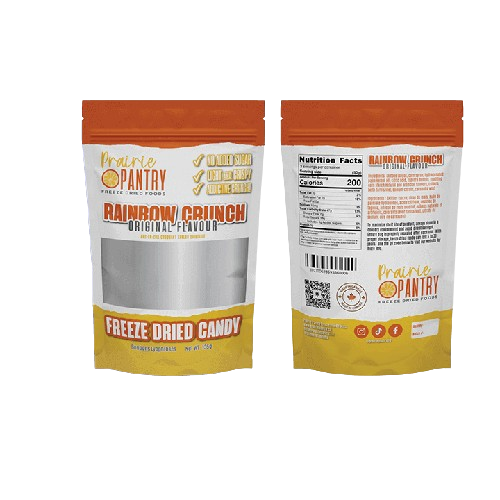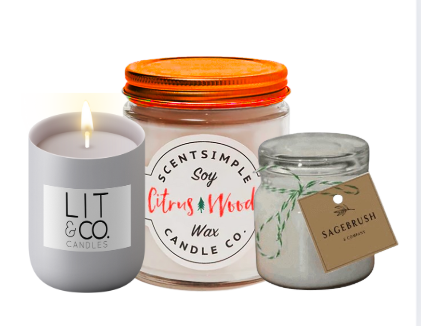Introduction
Freeze-drying, also known as lyophilization, is a dehydration process typically used to preserve perishable materials, make the material more convenient for transport, and extend shelf life. This technique has gained immense popularity in various sectors, including food preservation, pharmaceuticals, and biological research. Freeze Dried Bags play a crucial role in this process, ensuring the longevity and safety of the dried products. This article delves into the intricacies of freeze-dried bags, their manufacturing process, applications, advantages, and future trends.
What are Freeze-Dried Bags?
Freeze-dried bags are specialized packaging solutions designed to hold freeze-dried products. These bags are engineered to maintain the integrity and quality of the products by providing an optimal barrier against moisture, oxygen, light, and other environmental factors that can degrade the product over time.
Manufacturing Process
Material Selection:
The first step in creating freeze-dried bags involves selecting the appropriate materials. Common materials include multi-layer laminates composed of polyethylene (PE), polyester (PET), aluminum foil, and nylon. Each layer serves a specific purpose:
Polyethylene (PE): Provides moisture barrier and heat sealability.
Polyester (PET): Offers strength and heat resistance.
Aluminum Foil: Acts as a barrier against oxygen, light, and moisture.
Nylon: Adds puncture resistance.
Lamination:
The selected materials are laminated together to form a cohesive, multi-layer structure. This process involves bonding the layers using adhesives or extrusion methods.
Bag Formation:
The laminated material is then cut and shaped into bags. This can be done using various techniques, such as:
Three-Side Seal Bags:
Sealed on three sides with one side left open for filling.
Stand-Up Pouches:
Designed to stand upright on shelves, providing better display and storage.
Sealing and Printing:
Once the bags are formed, they undergo sealing processes to ensure airtight closures. This can be done using heat sealing, ultrasonic sealing, or other methods. Additionally, the bags can be printed with labels, branding, and essential information using flexographic or rotogravure printing techniques.
Applications
Food Industry:
Freeze-dried bags are extensively used in the food industry to package various products such as fruits, vegetables, meats, dairy, and instant meals. These bags help retain the nutritional value, flavor, and texture of the food while extending shelf life.
Pharmaceuticals:
In the pharmaceutical sector, freeze-dried bags are used to store and transport medications, vaccines, and biological samples. The bags protect these sensitive products from moisture and contamination, ensuring their efficacy and safety.
Cosmetics:
Freeze-dried ingredients in cosmetics, such as certain active compounds, are packaged in these bags to maintain their stability and potency.
Biological Research:
Laboratories and research institutions use freeze-dried bags to store biological samples, enzymes, and reagents. The bags provide a sterile environment, preserving the integrity of the samples for extended periods.
Advantages of Freeze-Dried Bags
Extended Shelf Life:
Freeze-dried bags effectively protect against moisture, oxygen, and light, which are primary factors in product degradation. This results in significantly extended shelf life for the contents.
Nutrient Retention:
Freeze-drying preserves the nutritional content of food and other products. The bags ensure these nutrients are maintained until consumption or use.
Convenience:
Freeze-dried bags are lightweight and easy to transport. They are also simple to store and handle, making them convenient for both consumers and businesses.
Versatility:
These bags can be used for a wide range of products, from food and pharmaceuticals to cosmetics and biological samples.
Eco-Friendly Options:
With increasing environmental concerns, manufacturers are developing eco-friendly freeze-dried bags using biodegradable and recyclable materials.
Future Trends
Sustainable Packaging:
As environmental awareness grows, there is a push towards sustainable packaging solutions. Innovations in biodegradable materials and recyclable multi-layer laminates are expected to become more prevalent.
Smart Packaging:
Integration of smart technologies, such as QR codes and sensors, into freeze-dried bags can provide real-time information about the product’s condition, enhancing traceability and safety.
Customization:
With advancements in printing and design, customized freeze-dried bags tailored to specific brand needs and consumer preferences will become more common.
Improved Barrier Properties:
Ongoing research aims to develop materials with superior barrier properties to further enhance the preservation capabilities of freeze-dried bags.
Conclusion
Freeze-dried bags are an essential component in the preservation and packaging of a wide range of products. Their ability to extend shelf life, maintain nutrient content, and provide convenience makes them invaluable in various industries. Vancouver Packaging, known for its innovative and eco-friendly solutions, has become a leader in the sustainable packaging industry. As technology advances and sustainability becomes a priority, the future of freeze-dried bags looks promising with innovative and eco-friendly solutions on the horizon.







Leave a comment
Your email address will not be published. Required fields are marked *